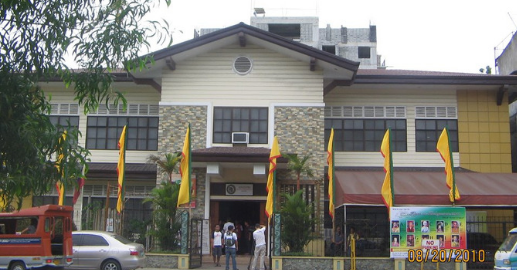Imagine a society trying to keep up with progress without any sense of cultural and historical identity. You might as well picture an edifice without foundations, a house of cards standing upon fickle grounds.
History and culture are the roots of every society. If a society desires to prosper and progress, it must first fortify its foundations. History refers to the study of past events, particularly in the aspect of human affairs, while culture encompasses the arts and other manifestations of human intellectual achievement regarded collectively. History and culture are, therefore, intertwined.
Today, progress is equated with industrialization and modernization; leaving little avenue for some of the most fundamental elements of society – traditions and relics of the old ways. Keeping these in the collective consciousness of the people is necessary for them to know who they are and where they come from. The preservation of art, heritage and culture is non-negotiable. Hence, the need for museums and the preservation of heritage sites.
Museum is defined as an institution devoted to the procurement, care, study and display of objects of lasting interest or value. Which means museums are the home of the spirits of the past. It is where relics from early societies; the culture, traditions and beliefs are stored.
In Davao City, there are at least two cultural museums open to the public. One is the Museo Dabawenyo and the other is the Davao Museum.
Museo Dabawenyo is located in Bonifacio Rotunda near the historical church, San Pedro. The historical museum is funded by the local government of Davao which showcases different artifacts Davao in the early times up to the present. It also includes the information about the history of Davao, the significant individuals who contributed a lot to develop the city, the different tribes in Davao, as well as their beliefs and practices.
The other is the Davao Museum of History and Ethnography. The museum can be found in Insular Village, Lanang. It is a private museum which exhibits the life and early practices of the inhabitants of Davao. The museum also present artifacts on warfare, farming, hunting, and weaving.
According to the Philippine Constitution, Republic Act No. 8492, Section 2, “… state to pursue and support the cultural development of the Filipino people, through the preservation, enrichment and dynamic evolution of Filipino National culture, based on the principle of unity in diversity in a climate of free artistic and intellectual expression.”
The government highly promotes the building of these establishments for it is through the Museums where we can see the remnants of the past and see the development and significant changes that occurred in our country through time.
In today’s world, where there are different ways of evaluating the progress of a certain country, where tall buildings, storm drains, and well-developed highways are the new basis of development, museums are often being left forgotten in the context. Due to the pressure of industrialization and modernization, the fear of running out of room for historical establishments like museum is not far from impossible.
The utopian setting for a progressive society is measured with the presence of an equilibrium of modernization and industrialization between the conservation aspect of its history and culture. This suggests the concept of a balance outlook for the future and the past. For the manner by which a society preserves its relics of the past and values the remnants of the history imply that a society is headed the right way.
Establishments like museums play an integral role in the society, it is evident that it is the home where history and culture meets and to where our sense of identity is being manifested.
It is important to remember that no matter how a country strives to progress, as long as the foundation of the system is not deeply connected with its roots – it will collapse.
By Maria Cristina Kasandra T. Galagala/USEP Intern

